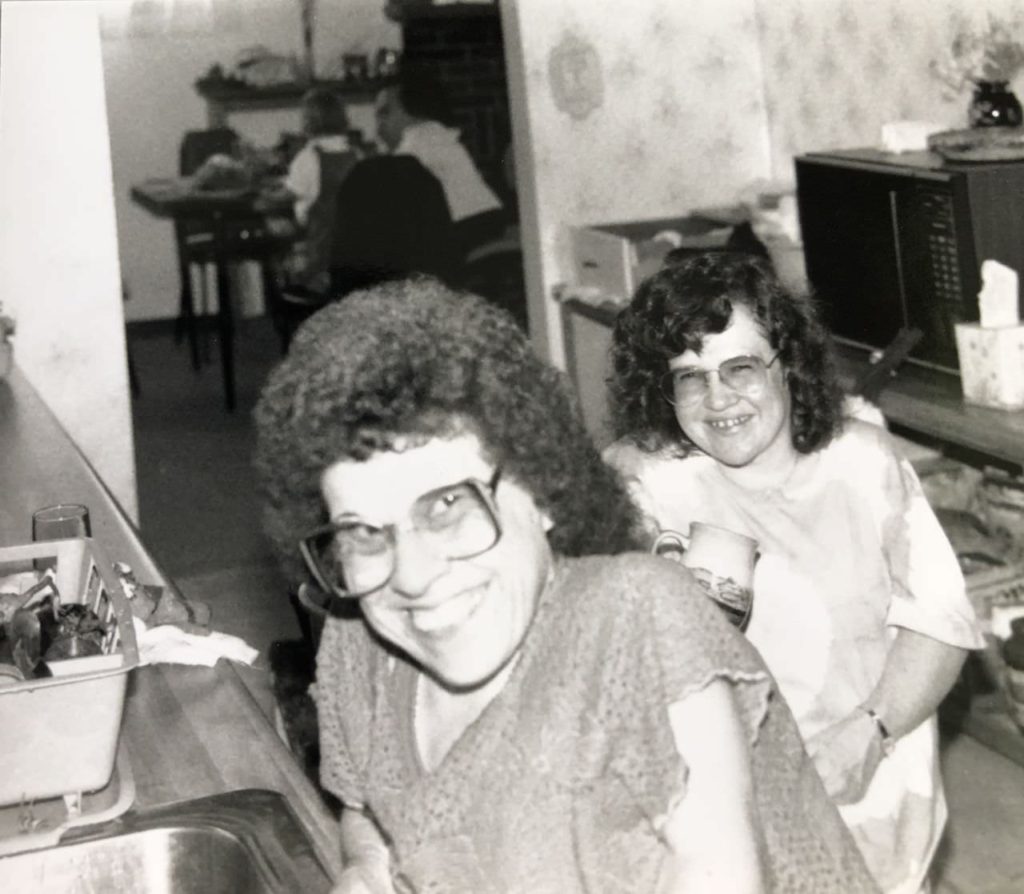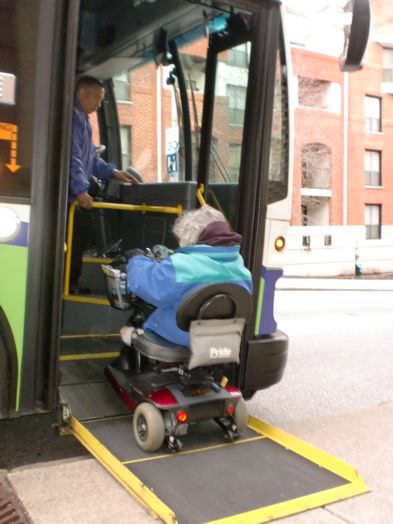
In our first two years living in Rochester, New York we rented a one-and-a-half bedroom apartment with windows so high that we could only see the sky on one side and the carport roof on the other side. We bypassed properties with a view and rented a cheaper unit so we could save for a deposit on our own home. We hated not seeing out the windows, but it was the only way to accomplish our goal of home ownership.
So after being married five years, we bought a modest two-bedroom home with window views accessible to our 35-inch line of sight.
Want to subscribe to receive blog updates sign up today!
However, our delight was not understood by our young niece who couldn’t understand why we bought a house with a dead tree in the front. As a Florida girl, she didn’t know about deciduous trees.
Among other things, we chose the house because of its accessible features and potential:
- The attached two-car garage eliminated the need to scrape winter snow and ice off the cars.
- The short driveway reduced the snow shoveling volume.
- The steep steps from the garage into the kitchen could be modified with a handrail and five low-rise steps.
- A platform lift could ride us down the stairs to the basement laundry.
- A ramp could be placed over the steps at the front door.
- The large kitchen could be gutted and modified to our specifications.
After a year of saving for the kitchen modifications, we retired the platforms built for our Baltimore apartment. The renovations began during a three-week visit from Eric, a contractor friend from New Zealand, when he ripped out the inaccessible cabinets before recovering from jet lag. Eric built the custom cabinet frames; inset a stovetop into one of the cabinets; painted, plastered, wallpapered, and replaced missing floor tiles.
After Eric’s departure, we hired a carpenter who was visually-impaired to design, build, and install the pullout drawers and cabinet doors. Robert recognized the carpenter’s talent when he provided his rehabilitation engineering services to equip the carpenter with assistive technology to access the design program on his computer.
Snow covered the yard when we made an offer on the house, so when the snow melted it uncovered too much garden for us to manage. But instead of returning the garden to lawn, we accepted a sharecropping offer from my co-worker, David, and enjoyed an abundance of fresh vegetables.
Instead of hiring a contractor to mow the lawns, we bought a riding mower with a grass catcher that we could slide on and off and added a foot pedal extension. Robert’s job was to maintain the mower and mine was to ride it. The novelty of mowing lawns for the first time in my life quickly wore off when the hose kept disconnecting from the catcher spraying grass everywhere, and the vibration distressed every joint in my body. And we won’t even talk about all the leaves that “dead tree” dropped in the Fall.
So tell me about modifications you’ve made in your home.
This post is excerpted from chapter 9, Home At Last, in “Pass Me Your Shoes.” For a full account, go to https://angelamuirvanetten.com for several retail links to the book and the opportunity to subscribe to my weekly blog.




